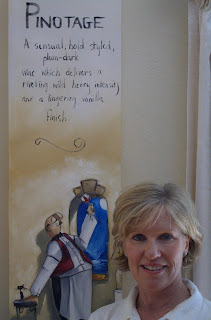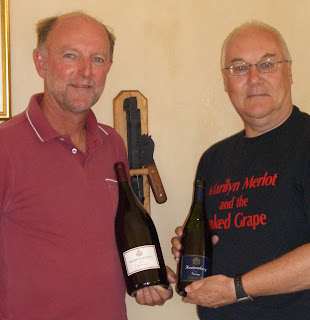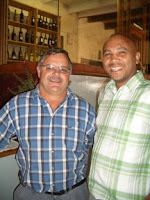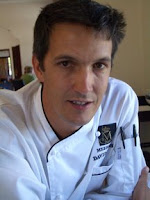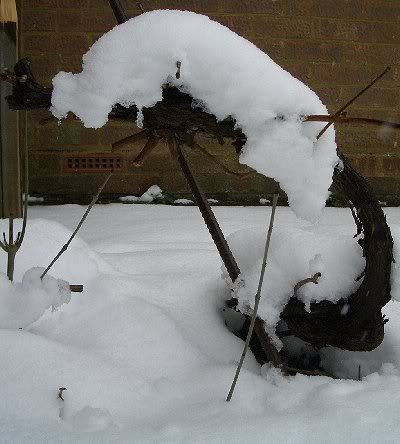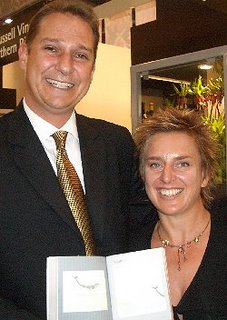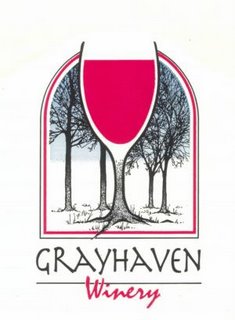 Wine and food writer Fiona Beckett has tried matching a curries with various beverages, and recounts the experience on her Food & Wine Matching website in an article titled Can any Wine survive a Vindaloo?
Wine and food writer Fiona Beckett has tried matching a curries with various beverages, and recounts the experience on her Food & Wine Matching website in an article titled Can any Wine survive a Vindaloo?Armed with a "can of supermarket lager, a bottle of Greene King IPA (Indian Pale Ale), an Alsace Gewurztraminer, a full bodied, fruity red Stormhoek Pinotage from South Africa and a mango lassi - all served chilled, even the Pinotage" she started with a medium hot Chicken Rogan Josh, moving on to a supermarket vindaloo and finishing with a "vindaloo from the takeaway, which was hotter still. The Gewurztraminer really couldn’t cope with this unless you added some raita and dal but the Pinotage still kept going"
She concludes that "the big surprise - although I’d had an inkling it would work because South Africans regard it as the best match for curry - was the Pinotage, welcome news to those who prefer drinking red wine to white. But don’t drink it at room temperature, chill it first!"
That Pinotage is a good match for spicy foods is no surprise to Pinotage lovers, but it is good to hear the word is spreading.




